5 Insects You Should Never Kill: Ladybugs, Bees & More
(Featured image courtesy: Shutterstock)
Step away from the slipper.
That bug crawling on your windowsill or buzzing near your balcony? It might just be saving your vegetables, keeping your air clean, or reducing the number of mosquitoes that bite you at night.
For decades, we’ve been trained to swat first and ask questions never. But not all insects are pests. In fact, many are quiet, tireless workers keeping our ecosystems and lives intact.
From pollinating your fruit to breaking down waste, certain insects are essential to how nature functions. Kill them off, and you don’t just lose a bug, you risk unravelling an entire system. Here are five such insects you should absolutely never kill, and exactly why they deserve our attention, not our extermination.
1. Ladybugs
What they do:
These tiny spotted beetles are pest assassins. They feed on aphids, scale insects, whiteflies, and mealybugs—pests that destroy crops and ornamental plants. A single ladybug can gobble up 50 aphids in a day, and its larvae can consume even more during their growth cycle.
Where to find them:
Look for them on rose bushes, vegetable plants, and flowering herbs—basically anywhere aphids are running wild.
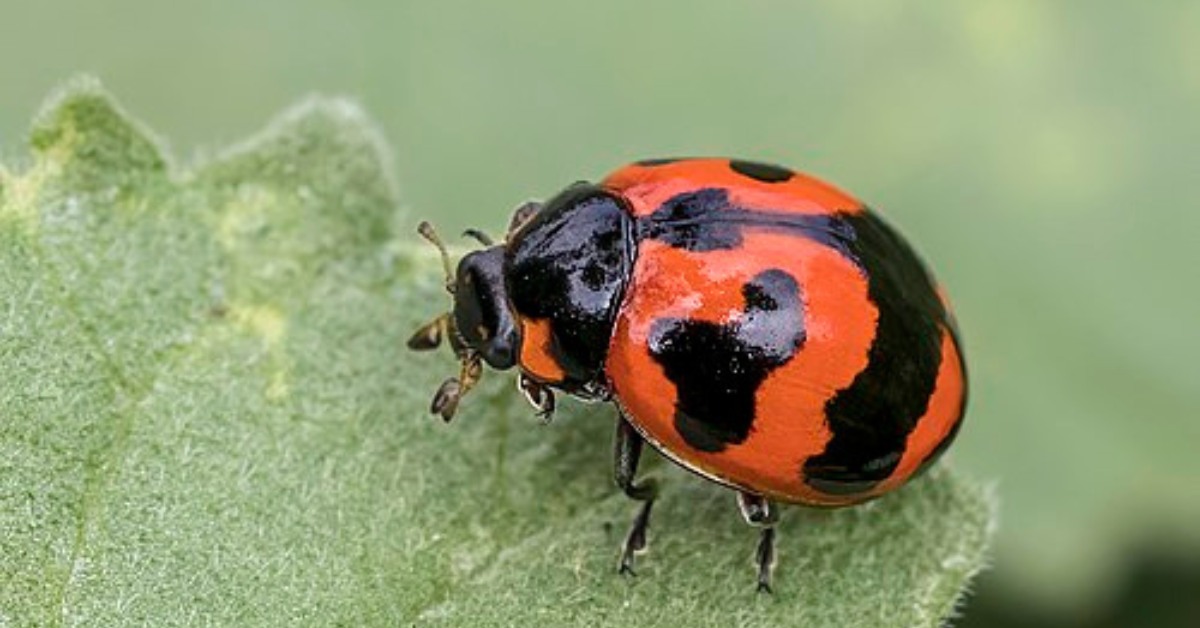 Ladybugs can eat up to 50 aphids a day — your garden’s cutest pest control agents. (Image courtesy: Wikipedia)
Ladybugs can eat up to 50 aphids a day — your garden’s cutest pest control agents. (Image courtesy: Wikipedia)
Why you shouldn’t kill them:
They’re an all-natural pesticide that keeps your plants safe and thriving without chemicals. Plus, they add a pop of colour and charm to your garden.
How to help them:
Grow pollen-rich flowers like marigold, cosmos, or dill. Leave leaf litter or garden mulch in some areas for them to hide and overwinter. Most importantly, avoid using chemical pesticides that can poison them.
2. Hoverflies
What they do:
Adult hoverflies pollinate flowers just like bees, while their larvae are aphid-eating machines. A single hoverfly larva can consume hundreds of aphids in its lifetime, making them one of the best natural pest control agents.
Where to find them:
They love flat, open flowers — think alyssum, yarrow, coriander, and parsley. You’ll often see them hovering mid-air like tiny helicopters.
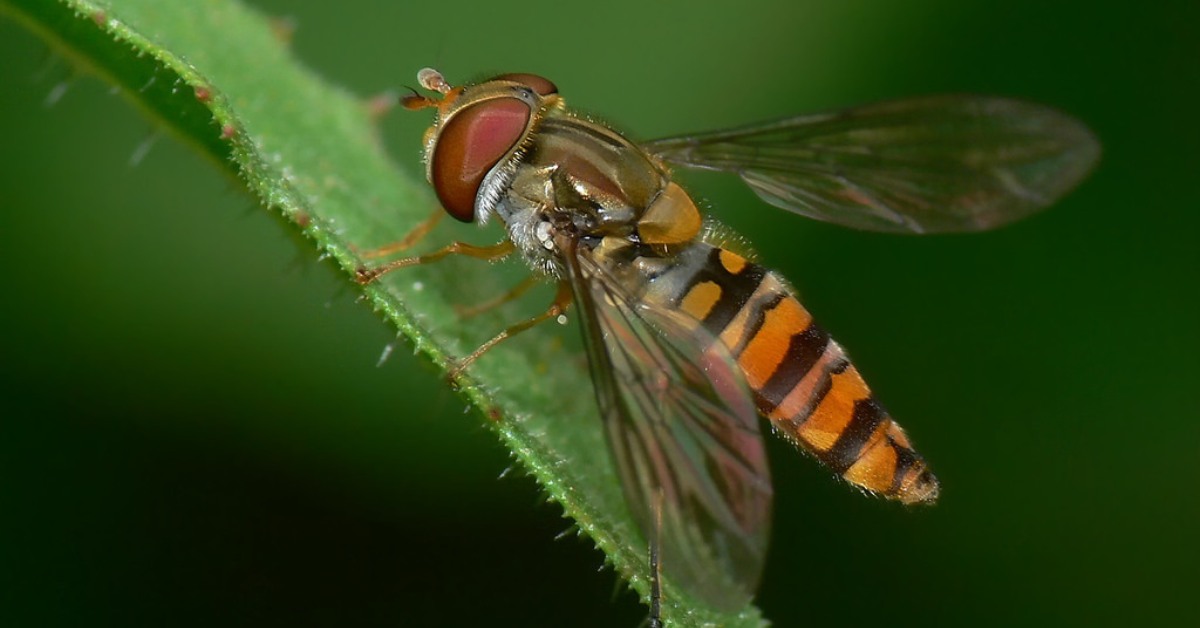 Hoverflies pollinate like bees and their larvae devour aphids — win-win for any garden. (Image courtesy: iNaturalist)
Hoverflies pollinate like bees and their larvae devour aphids — win-win for any garden. (Image courtesy: iNaturalist)
Why you shouldn’t kill them:
They’re silent protectors of your garden, reducing pest infestations while promoting pollination.
How to help them:
Plant a variety of native and open-petal flowers. Keep your garden pesticide-free. Avoid disturbing natural debris like twigs or fallen leaves — they use these spaces for breeding and protection.
3. Bees (Honeybees, Bumblebees, Solitary Bees)
What they do:
Bees are the world’s top pollinators. They’re responsible for the reproduction of nearly 75% of flowering plants and 35% of the food we eat — including apples, almonds, tomatoes, and coffee. Solitary bees are especially efficient, pollinating more flowers in less time than honeybees.
Where to find them:
In gardens, fields, and forests, especially where wildflowers and native plants are in bloom. Solitary bees often live in tiny holes in wood, soil, or walls.
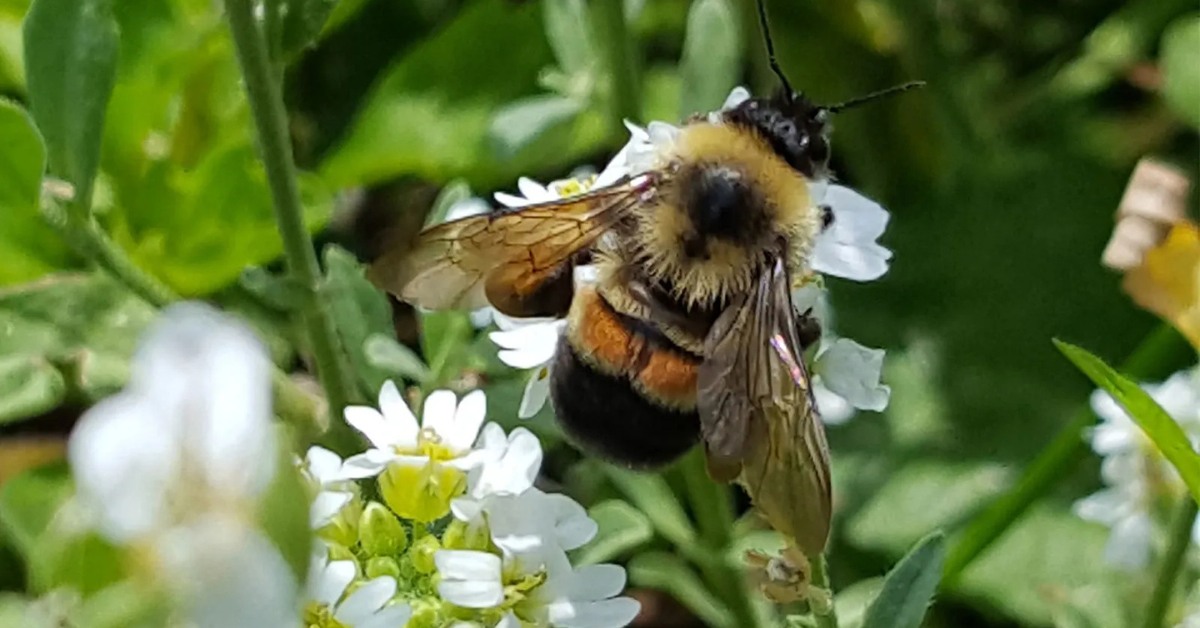 Bumblebees are powerful pollinators — helping fruits, veggies, and wildflowers thrive with every fuzzy flight. (Image courtesy: Britannica)
Bumblebees are powerful pollinators — helping fruits, veggies, and wildflowers thrive with every fuzzy flight. (Image courtesy: Britannica)
Why you shouldn’t kill them:
No bees = no food. It’s that simple. Their role in food security and biodiversity cannot be overstated.
How to help them:
Grow a variety of native flowering plants that bloom across seasons. Build or buy bee hotels. Leave small patches of wild growth or bare soil for ground-nesting bees. Keep your space chemical-free.
4. Dragonflies
What they do:
Dragonflies and their aquatic nymphs are among nature’s best mosquito controllers. Adults can eat up to 100 mosquitoes per day, while nymphs feed on mosquito larvae in ponds, puddles, and wetlands.
Where to find them:
Near water bodies like ponds, lakes, slow-moving rivers, or even garden water features.
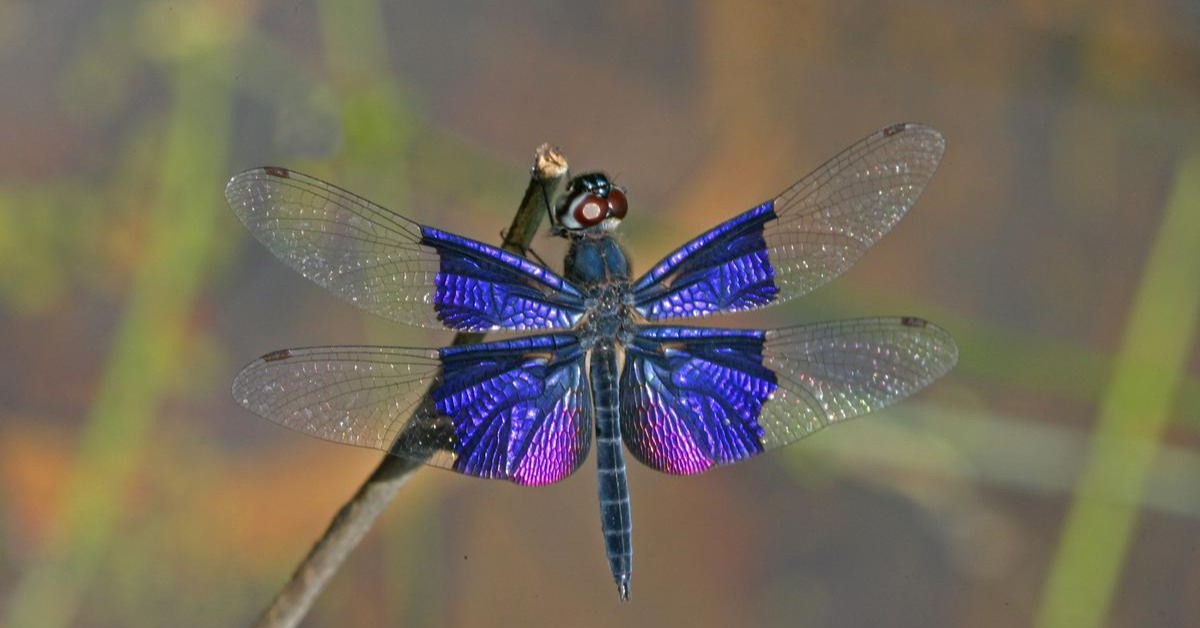 Dragonfly nymphs live in water and eat mosquito larvae before they ever take flight. (Image courtesy: David Raju)
Dragonfly nymphs live in water and eat mosquito larvae before they ever take flight. (Image courtesy: David Raju)
Why you shouldn’t kill them:
They reduce mosquito populations naturally, making outdoor spaces safer and more comfortable — without coils or sprays.
How to help them:
Preserve or create clean, fish-free water bodies. Let native aquatic plants grow near the edges. Avoid using pesticides or detergents near any standing water.
5. Dung Beetles
What they do:
Dung beetles clean up animal waste by rolling, burying, and feeding on it. This helps fertilise the soil, aerate it, and reduce fly and parasite populations.
Where to find them:
In rural fields, forests, and anywhere livestock or wildlife are found.
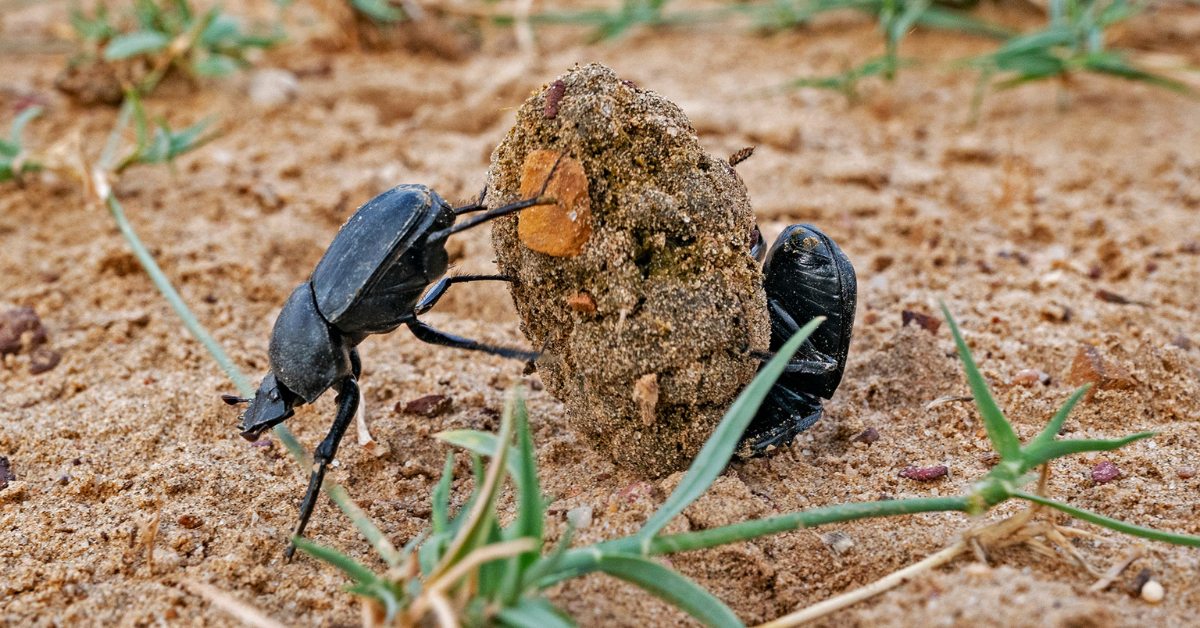 Dung beetles break down animal waste, enrich the soil, and keep flies in check — small bugs with a big job. (Image courtesy: Roundglass Sustain)
Dung beetles break down animal waste, enrich the soil, and keep flies in check — small bugs with a big job. (Image courtesy: Roundglass Sustain)
Why you shouldn’t kill them:
Without them, decomposing waste would pile up and attract disease-causing flies. They’re essential for maintaining soil health and cleanliness.
How to help them:
Let natural vegetation and some waste remain undisturbed in open areas. Avoid over-tilling and heavy chemical use in the soil.
Killing these insects doesn’t just remove a nuisance — it chips away at the invisible systems holding nature together. Ladybugs stop pests from ruining crops. Hoverflies double as pollinators and pest eaters. Bees are at the very root of our food chain. Dragonflies keep mosquito-borne diseases in check. Dung beetles clean and fertilise the soil.
By letting them live — and better yet, helping them thrive — you’re not just being kind to bugs. You’re protecting your food, your garden, your health, and the planet’s fragile ecological balance.
So next time you spot one of these little workers doing their thing, pause. Let them be. They’ve earned it.
News